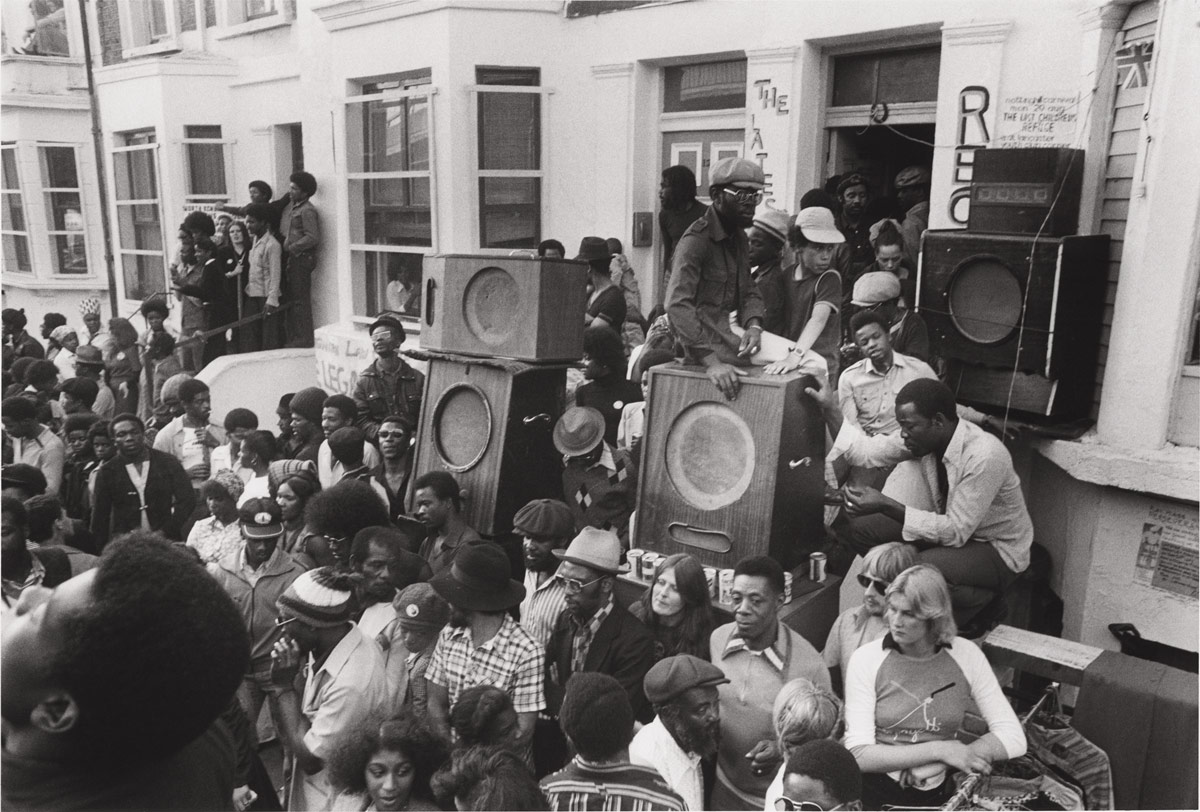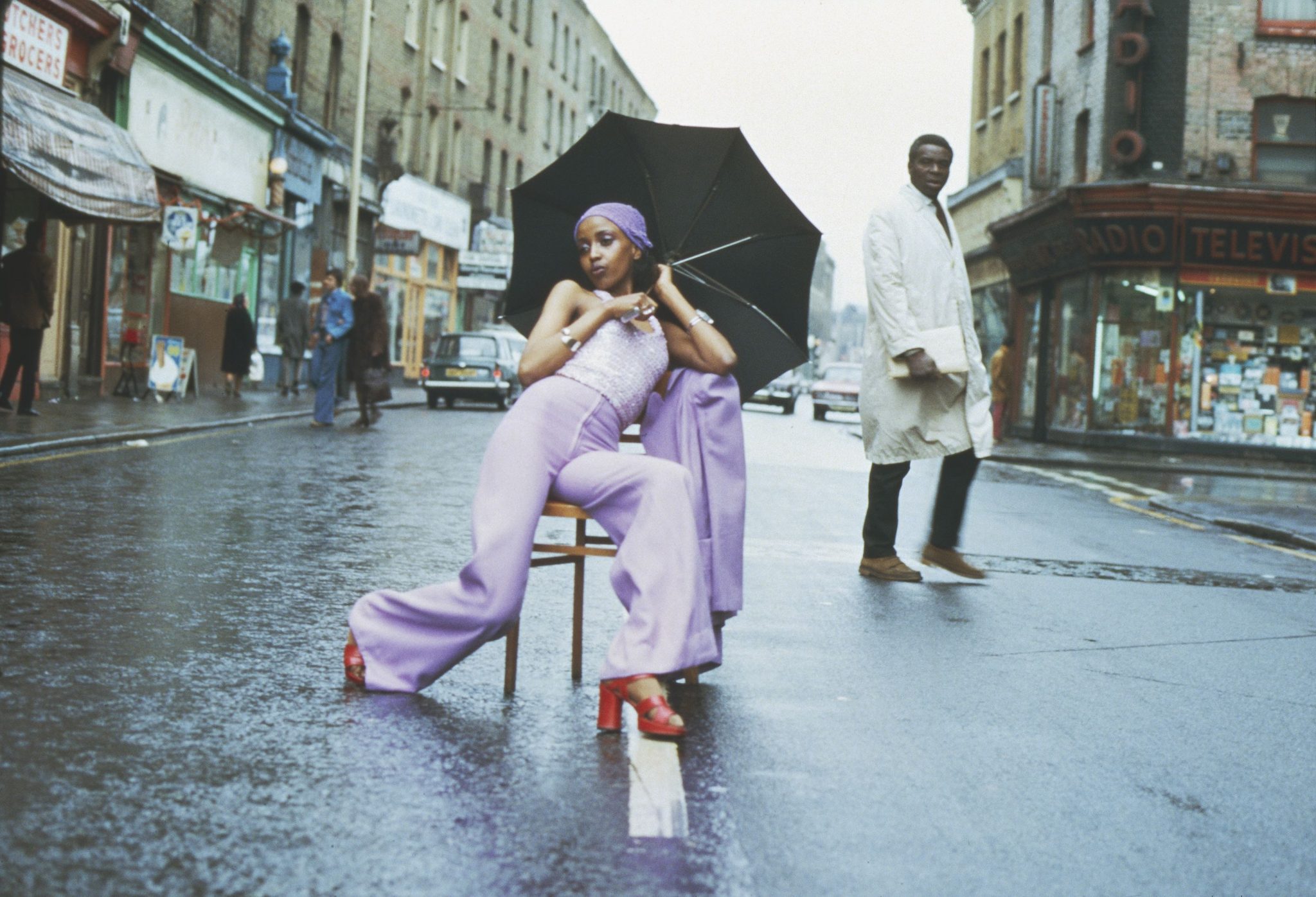Now 35, the London-based gallery Autograph revisits the foundations of Black photographic histories
In 1991, a small arts organisation based in Brixton, South London, known as the Association of Black Photographers held its first exhibition at the East London gallery Camera Work. Titled Autoportraits, the exhibition featured work by a range of Black photographers who, throughout the 1980s, had turned away from the documentary mode and developed a more stylised method of image construction, which often involved placing their own bodies within the frame. In ‘Black Narcissus’, his essay for the exhibition catalogue, Autograph’s founding chair Stuart Hall observed: ‘“Auto” returns the image-produced to its maker. It appears to secure photography within its own circle and carries the unmistakable sense of authorship, of personal signature’. This self-referential term, Hall writes, is doubly present in both the title of the exhibition and the name of the organisation, Autograph. However, for the Jamaican-born British intellectual, this shift was not a straightforward retreat from the public realm into the private self. Instead, it was a strategy in which the Black subject and its discursive meanings were being put ‘on the line, up for grabs’.
Founded in 1988 as an agency to fund, support and exhibit Black photographers in the UK, Autograph ABP opened a permanent space in London at Rivington Place in 2007. The gallery has continued to champion the photographic work of Black and minority ethnic photographers whose recognition by mainstream art institutions has been stubbornly uneven, if not barred together. While not explicitly framed as a commemoration of the organisation’s 35th anniversary, the two current exhibitions at Autograph – Armet Francis: Beyond the Black Triangle and Hélène Amouzou: Voyages, both on view through January 2024 – offer an opportunity to reflect on the organisation and its role in writing the history of photography in the Black diaspora.

The ground floor gallery features the work of Armet Francis, a Jamaican-born British photographer and one of Autograph’s founders. Francis’s photographs are contextualised within his framework of ‘the Black Triangle’, a geographical concept that he developed in order to express the historic and ongoing connections between Africa, the Americas and Europe, which were forged during the transatlantic slave trade. While it is often unclear from the display how these photographs were originally circulated and viewed, in the gallery space, Notting Hill collides with Kingston and Harlem, Angela Davis rubs shoulders with Ian Hall and Bob Marley. These juxtapositions offer insight into how Francis used his camera to piece together a sense of cultural coherence from within the condition of dispersal that characterises the Black diaspora. There is a kind of optimism to Francis’s documentary style. For him, Pan-African cultural unity is not sedimented under layers of history, but is right there on the surface, bristling and alive, waiting to be captured by the photographer’s roving eye.
In an untitled photograph from 1981, Francis frames a Harlem shop interior, showing a frontal view of its display of African decorative objects. Paintings, sculptures, beads, shells and other bric-a-brac fill the shelves, promising potential visitors a means through which to meaningfully connect their homes in New York to ‘Mother Africa’. The shopkeeper sits on a chair in the foreground with a poster of Malcolm X just behind. The visual rhyme of their two heads suggests that, despite his assassination in 1965, Malcolm X’s hope for Pan-African solidarity remains alive and well across the diaspora. In Francis’s fashion photographs from the 1970s, taken in colour for the teen magazine 19, warm, jewelled hues are used to express the richness and plenitude of Black-British culture. These photographs combine the haphazard visual rhetoric of street photography with the dramatic staging of fashion photography to convey the vitality of Black cultural life.

Hélène Amouzou’s self-portraits are on display in the upstairs gallery. They offer another response to the experience of displacement, attending to the consequences of the diaspora on Black subjectivity. In an unforeseen repetition of Autograph’s first exhibition title, Amouzou’s most well-known series is called Autoportrait – Molenbeek (2007–11). It was conceived while the photographer, who is originally from Togo, was seeking asylum in Belgium. The self-portraits were made in an attic using long exposures, a technique that transforms Amouzou’s body into a blurred apparition that blends into the surrounding surfaces, such as the peeling wallpaper and creaky floorboards. Amouzou’s watery figure evokes the ghosts and other spectral beings that populated nineteenth-century spirit photographs. Just as these creatures are suspended in an otherworldly realm between life and death, so too is Amouzou caught in an indeterminate purgatory, awaiting news of her residence status. Amouzou’s self-portraits are far from emphatic declarations of personhood. Instead, these photographs rework the body, framing the effects of statelessness as a de facto social death that is ceaselessly haunted by and contiguous with the colonial past.

While these two exhibitions respond to the issue of bringing the Black subject into visibility in different ways, they ultimately map the enduring opposition that has structured the history of Black photography, a narrative that Autograph has told since its founding. This binary – between the more straightforward documentary mode and a highly constructed, postmodern visual vocabulary – is played out in the conceptual and physical separation of these two displays. By this logic, Francis represents an earlier time characterised by a belief in the capacity of documentary to record the truth ‘out there’ and to produce a celebratory record of Black life. Amouzou, in contrast, emerges from a later generation of photographers who, shaped by broader cultural and historical forces, lost faith in the image as a tool for recognition within the public sphere. For Amouzou, the image is a problem to be worked on; the camera is the means through which to explore the many facets of Black subjectivity from a variety of different positions. The question remains whether it is possible to move past this enduring, decades-old framework.
Despite their separation across the gallery space, Francis and Amouzou’s photographs converge in unexpected ways, unsettling this age-old dichotomy between documents and pictures. Take, for instance, Francis’s experiments with double exposures, which transpose fleeting figures onto Brixton’s tube station. Or perhaps, Amouzou’s more declarative self-portrait, where the classically European iconography of the reclining female figure intermingles with signifiers of her African origins, evoking the colliding cultural signifiers that populate Francis’s images of London and New York. These points of convergence might serve as a starting point for a new history of Black photography that can account for the blurred boundaries between generations and genres. After 35 years, an interesting task for Autograph might be not just to picture the Black subject anew, but also to write the history of photography differently.
Kimberly Schreiber is an art historian based at University College London.
